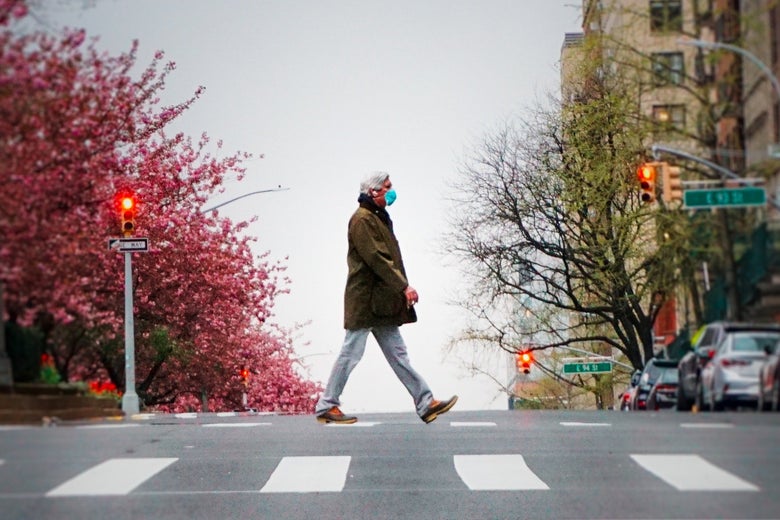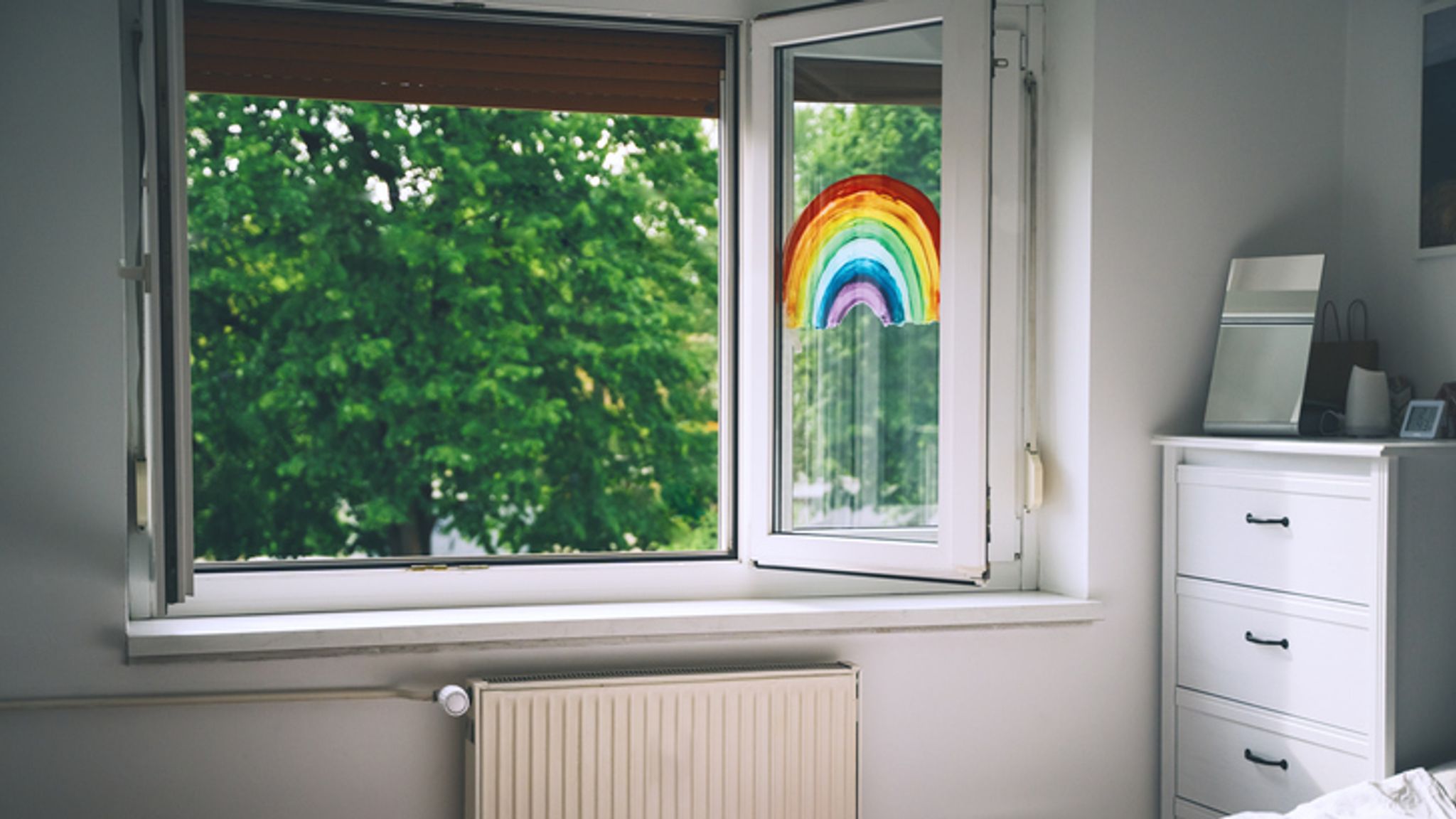
The fear of COVID-19 transmission increases as restaurants, malls, offices, gyms, and metro trains start opening. Crowded and public spaces are often poorly ventilated. And that’s exactly why crowded areas increase virus transmission. Here’s how ventilation can make a big difference in reducing coronavirus cases.
Basics: How does COVID-19 spread?
So far, we know that coronavirus is a respiratory virus that spreads through droplets. An infected person can spread the virus through droplets when they talk, laugh, sneeze or cough. Masks can trap these droplets and reduce the transmission of the disease. However, masking up is not the only way to do this. But, it is successful when practiced in combination with social distancing, handwashing, vaccinating, and testing.
Is it safer outside?

Yes, since it’s an airborne virus, the probability of infection is lower. It is due to ventilation in outdoor spaces. Outside, the breeze of wind can disperse the particles and reduce their concentration. But, this is only applicable to outdoor spaces.
Crowded spaces like railway and bus stations, metro trains, etc. carry a higher rate of risk. Even though these are outdoor spaces, they are packed with people. Since a large number of people share a space and eventually crowd it, it can risk the transmission of the virus. As countries start ‘unlocking’ social distancing might not always be possible. People will be in close proximity in workplaces, trains, busses, etc. However, there is a way to combat it.
The power of ventilation against COVID-19 transmission

Ventilation can solve all our problems. In simple terms, ventilation is the exchange of gas between a close space (like a train or room) and the atmosphere. Ventilation dilutes the virus and potentially removes infectious aerosols from th closed space. Hence, well-ventilated rooms with open windows and doors are a simple way to curb the problem. What’s more? An MIT group developed an online tool to calculate the safe period to stay in a closed room. It can help you determine strategies for your house, office, classroom, Church, train, etc.
Additionally, the use of electric fans to increase ventilation is very helpful. However, air-conditioning must be avoided since it helps the virus linger for a long time. Ventilation is crucial in ensuring that COVID-19 transmission reduces.






